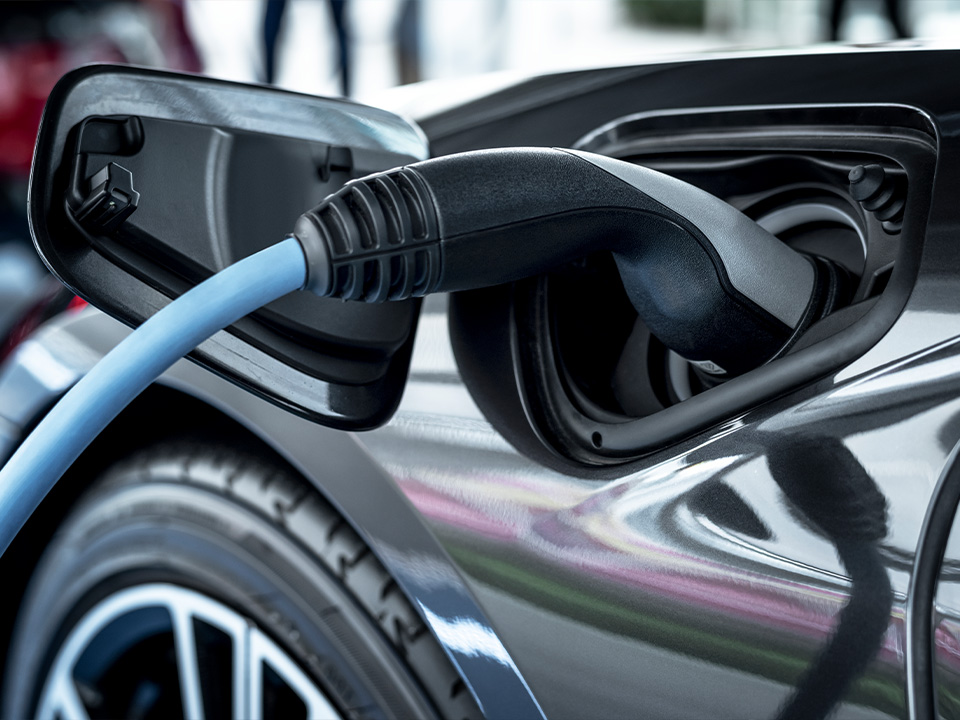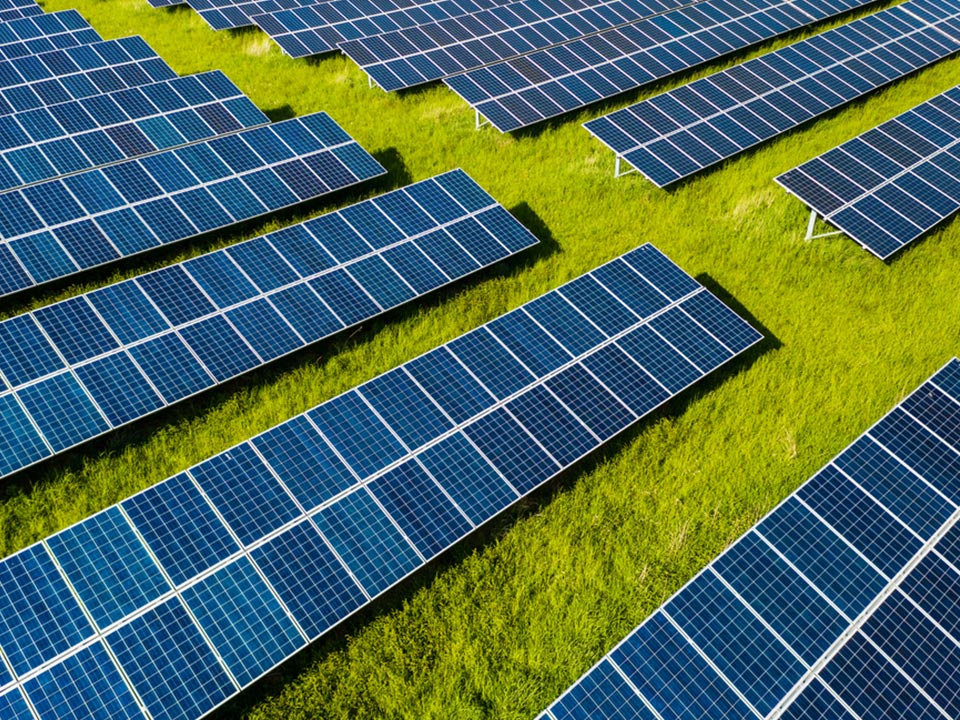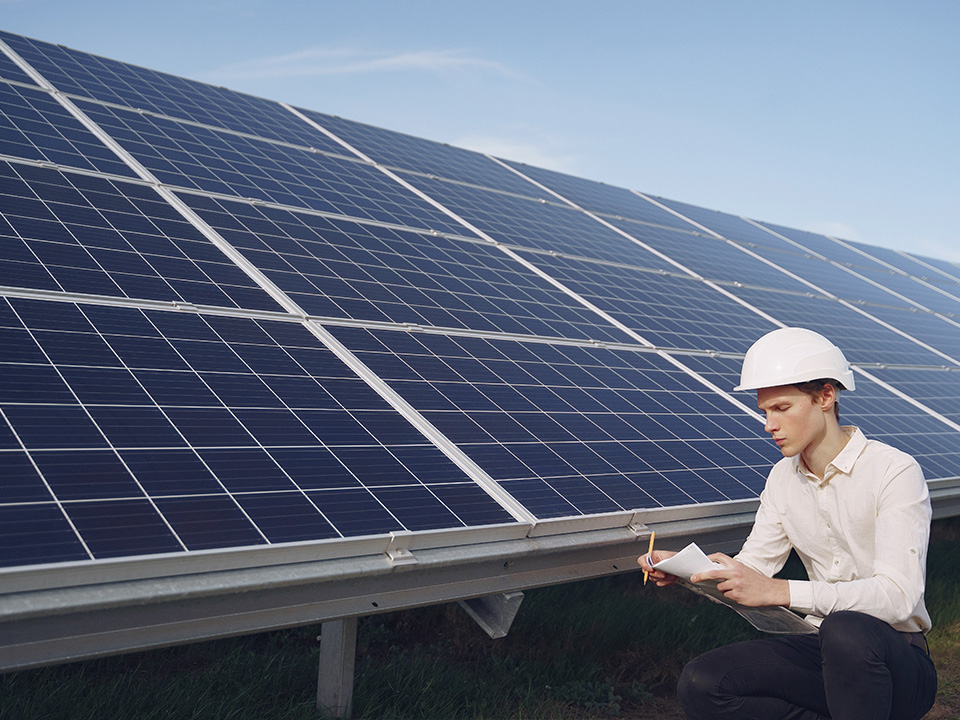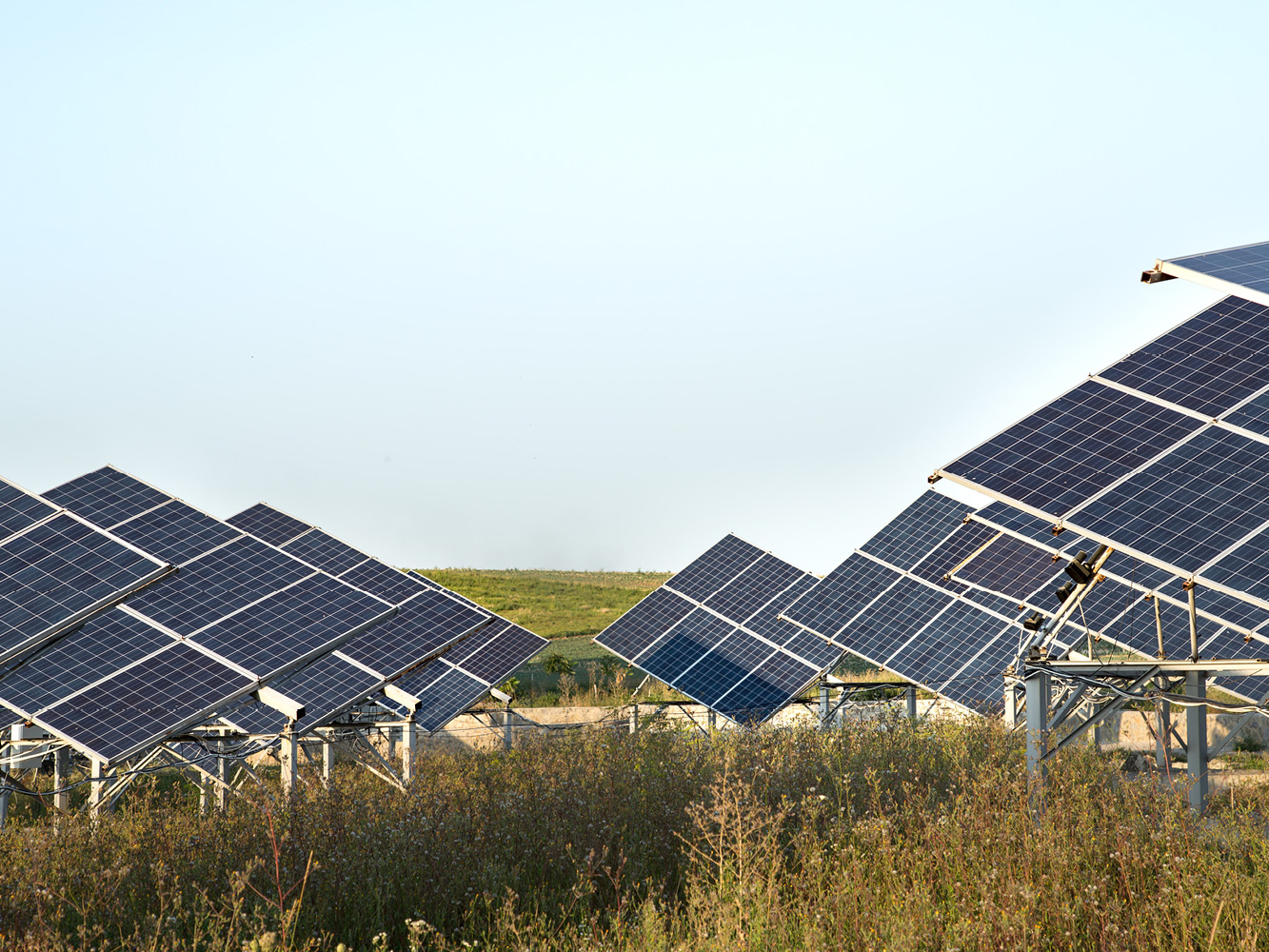
Precious metals including nickel, manganese and cobalt are needed to make the lithium-ion batteries used in electric cars. But today a solution seems to be coming that could lower costs: the saltwater battery. Could sodium batteries have a future for electric vehicles? One thing is certain: the market is in turmoil, and we should expect several new developments in the short term.
Some Chinese companies are convinced about sodium batteries, Jac Motors for example, through a joint venture formed in 2017 with Volkswagen and HiNa Battery, has developed the first 100% electric car powered by a sodium-ion (NA-ion) battery. The car has been christened Hua Xianzi, which means “flower fairy,” and is a small hatchback with a 25 kWh battery, capable of traveling up to 250 km on a single charge.
Sodium batteries are an increasingly viable and possible alternative to the dominant lithium-ion technology. So much so that HiNa Battery aims to extend its solution to other types of electric vehicles, including trucks, buses, and scooters.
So far, NA-ion batteries have had little luck in the automotive field, mainly due to their lower energy density compared to lithium-ion accumulators; the latter, in fact, can exceed 200 Wh/kg while the new Chinese car is reported to have a density of 140 Wh/kg. Yet the numbers are bound to get even better because large Chinese companies such as CATL and BYD are already working on new sodium batteries, and CATL in particular is expected to launch its own on the market by the end of 2023, with a density of 160 Wh/kg. Recall also that CATL had already unveiled this first sodium battery of its own in August 2021, but it was still at the industrial development level and its commercialization was planned, precisely, for 2023.
Among the advantages of sodium, we read on HiNa Battery’s website, we first find its cost-effectiveness: costs are 30-40% lower than lithium, partly because sodium is a much more abundant and easy-to-source material around the world; it also boasts longer life and better performance at low temperatures, with faster charging and less degradation between cycles; and greater safety, because it tends to overheat less.


